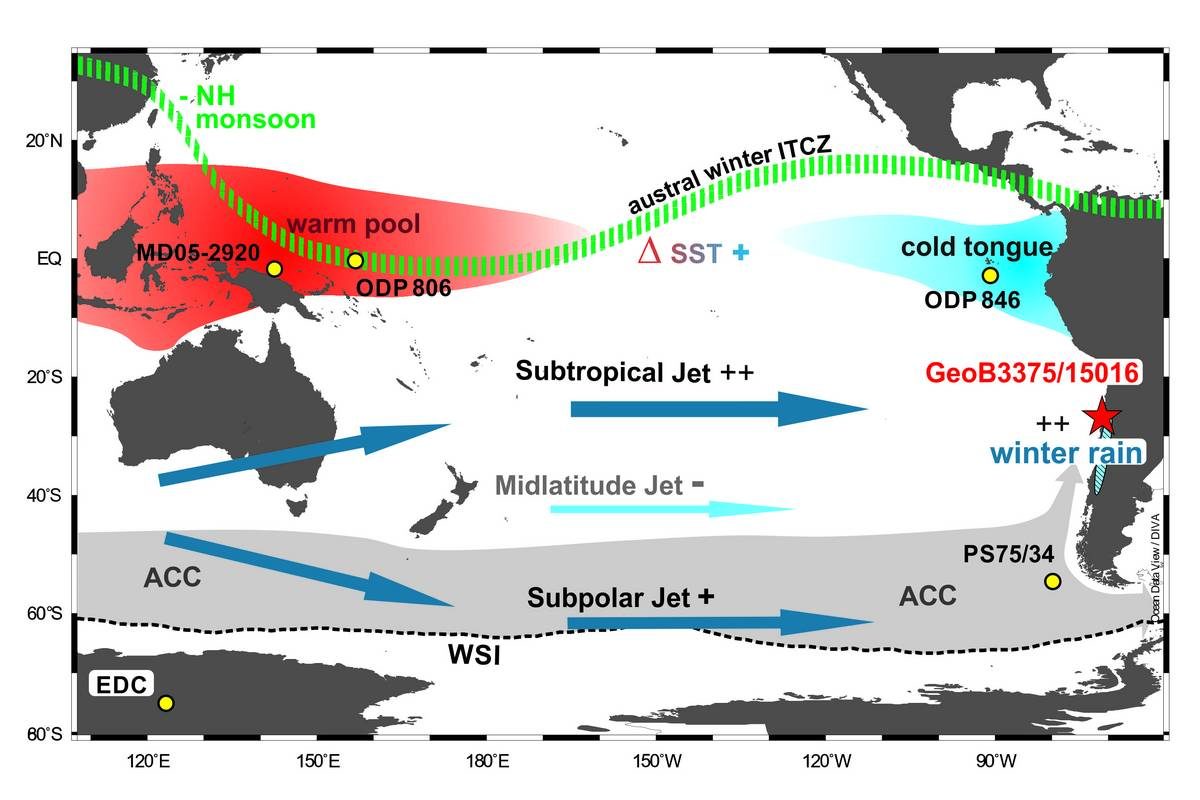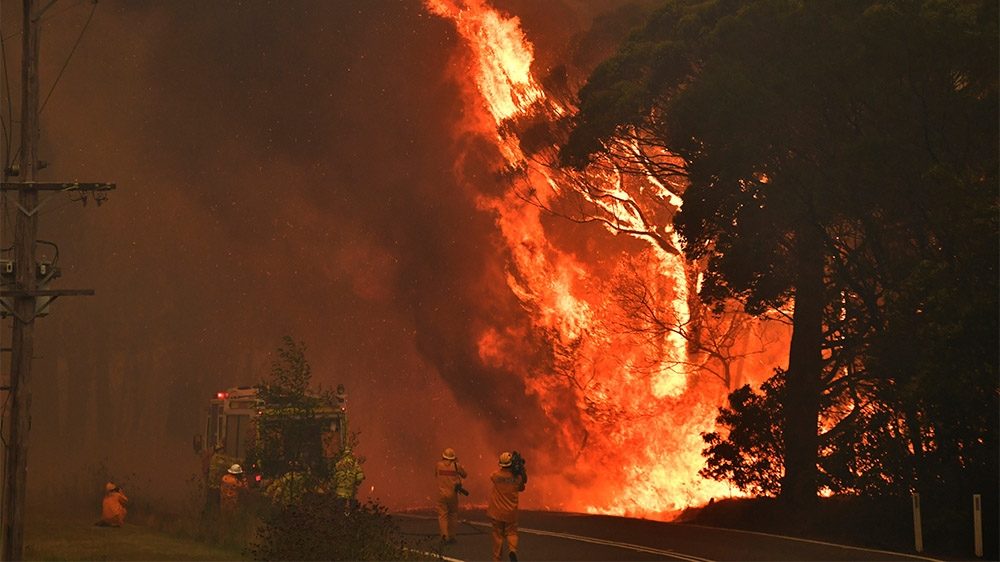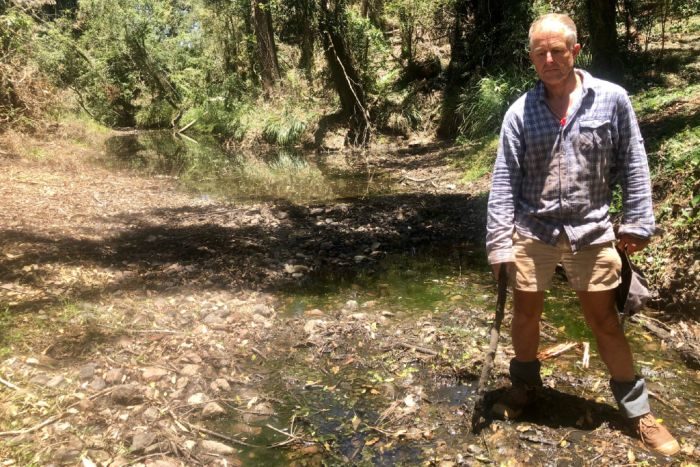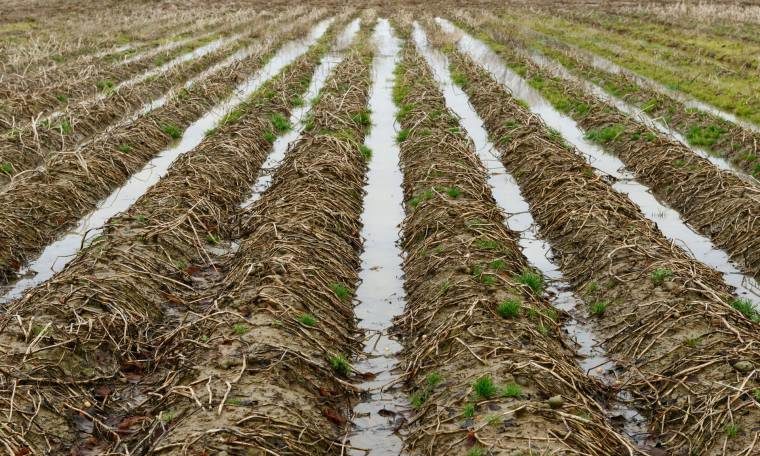
© Graphic: Helge Arz, IOWSchematic depiction of changes in the ocean-atmosphere system in the South Pacific in comparison, throughout the precession cycles (21,000 years).
In the past million years, the high-altitude winds of the southern westerly wind belt, which spans nearly half the globe,
didn't behave as uniformly over the Southern Pacific as previously assumed. Instead, they varied cyclically over periods of ca. 21,000 years.
A new study has now confirmed close ties between the climate of the mid and high latitudes and that of the tropics in the South Pacific, which has consequences for the carbon budget of the Pacific Southern Ocean and the stability of the West Antarctic Ice Sheet. The study was prepared by Dr Frank Lamy, a geoscientist at the Alfred Wegener Institute, Helmholtz Centre for Polar and Marine Research, together with researchers from Chile, the Netherlands, the USA and Germany, and has just been released in the
Proceedings of the National Academy of Sciences of the United States of America (
PNAS).
Changes in the southern westerly wind belt produce fundamental effects on the intensity and position of the Antarctic Circumpolar Current, which is the world's largest ocean current and shapes ocean circulation worldwide. In this regard, one key factor is the wind-driven upwelling of CO
2-rich deep-water masses, which, due to their comparative warmth, influences both the stability of the West Antarctic Ice Sheet and the carbon budget of the Southern Ocean.
On the basis of sediment cores, the team of researchers investigated precipitation-driven changes in sediment input in the Pacific off the coast of Chile. Assessing the past 1 million years, they identified what are known as precession cycles: changes caused by natural variations in the Earth's orbital parameters; in this case, cyclical changes in the rotation of its axis that occurred roughly every 21,000 years. Changes in these and other orbital cycles are generally considered to be a major driver for the alternation between extended glacials and interglacials over the past million years.





Comment: See also: